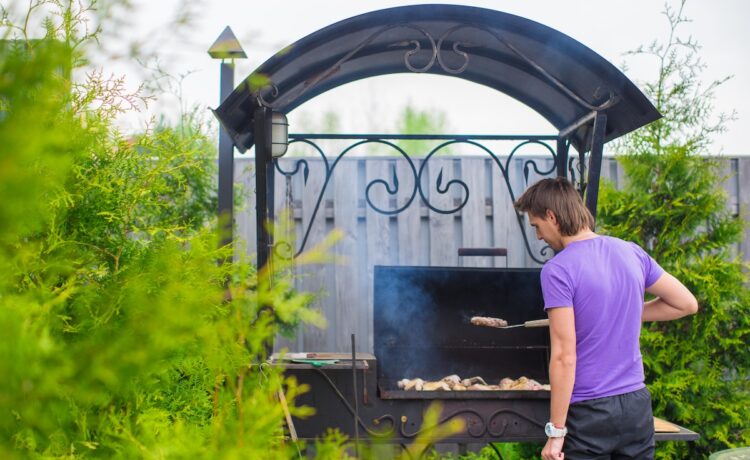The Art of Slow‑Cooked Flavor: Why a Good BBQ Smoker Is a Kitchen Must‑Have

If you’ve ever watched a pitmaster coax a brisket from the smoker and felt the aroma rise like a fragrant cloud, you’ve tasted the magic of wood‑smoked barbecue. A BBQ smoker isn’t just another piece of outdoor gear; it’s a portal to a world where heat, smoke, and patience combine to create unforgettable dishes. In this post, we’ll break down the essentials of choosing, using, and caring for a smoker, and we’ll touch on why many home cooks are turning to a premium smoker bbq for home use to elevate their backyard feasts.
1. Types of Smokers: Pick Your Flavor Profile
| Smoker Type | Fuel | Ideal for | Notable Features |
|---|---|---|---|
| Charcoal | Lump or briquettes | Intense, traditional smoke | Simple, portable |
| Electric | Electricity | Quick, controlled temperature | Easy to use, minimal fuss |
| Pellet | Wood pellets | Versatile, consistent heat | Built‑in timer, digital control |
| Wood‑Fire | Wood logs | Rustic, deep smoke | Requires skill, open flame |
Each type of smoker offers a distinct experience. If you’re new to smoking, an electric or pellet smoker gives you a forgiving learning curve. For the purist, a charcoal or wood‑fire smoker delivers the authentic aroma you crave.
2. Core Features to Look For
- Temperature Control – A reliable thermostat or digital display keeps heat steady, critical for large cuts like ribs or whole chickens.
- Smoke Box or Tray – Adjustable vents allow you to tweak the oxygen level, directly affecting smoke density.
- Insulation – Thick, heat‑retaining walls reduce the need to open the lid, preserving moisture and flavor.
- Portability – Lightweight frames and wheels ease movement, especially if you plan to transport the smoker between events.
3. Mastering the Smoking Process
- Prep the Meat – Season with a dry rub or marinate for up to 24 hours. Patience here pays off.
- Set the Smoke – Pre‑heat to 225‑250 °F, then reduce to the target temperature.
- Maintain Consistency – Check temperature every 30 minutes; add wood chips or pellets as needed.
- Check for Doneness – Use a meat thermometer: 195 °F for brisket, 165 °F for poultry, 145 °F for pork.
- Let it Rest – A 15‑minute rest lets juices redistribute, ensuring every bite is juicy.
4. Cleaning & Longevity
Smoke lingers more than flavor does. After each session, scrape out ash, rinse the grill grates, and wipe down the interior. For a deeper clean, remove the grill grates and soak them overnight in a mild bleach solution. Proper maintenance extends the life of your smoker and ensures safety during prolonged use.
5. Final Thoughts
Investing in a quality smoker is investing in countless future meals, gatherings, and culinary memories. Whether you lean towards the simplicity of charcoal or the convenience of pellet, the right smoker transforms the kitchen into a slow‑cook laboratory. For those still debating, a premium smoker bbq for home use offers the best of both worlds: advanced features wrapped in a user‑friendly design.
Remember, the secret sauce isn’t just the smoke—it’s the time, patience, and love you pour into it. Grab your favorite cut, fire up your smoker, and let the slow cooking begin. Happy smoking!








